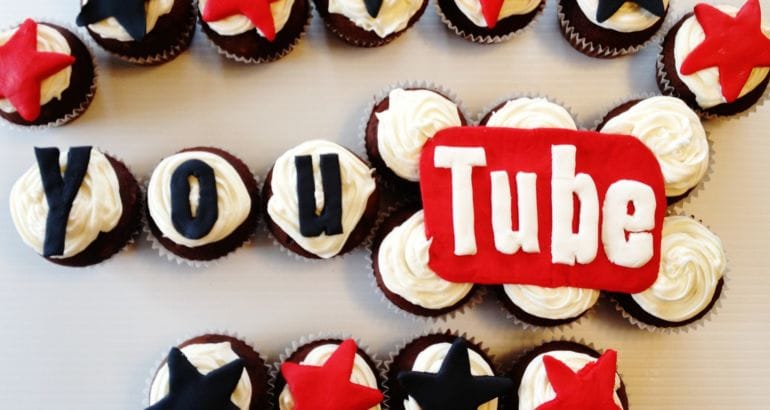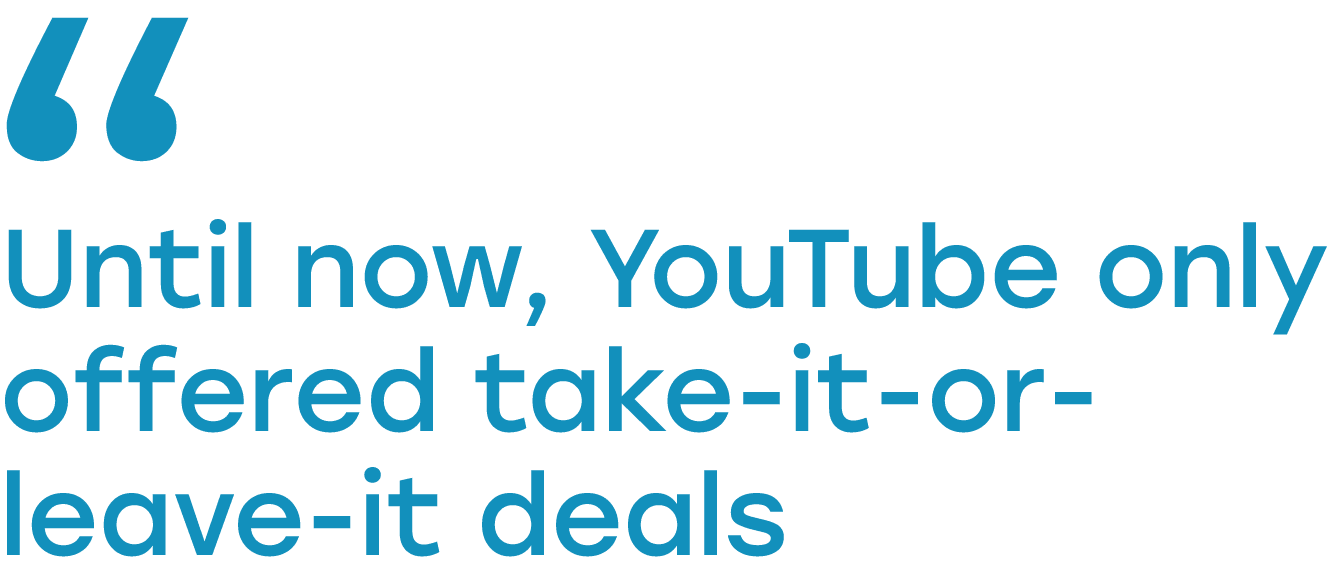YouTube turns 15: a cause for celebration?
YouTube turned 15 years-old recently, a milestone that was celebrated by CEO Susan Wojcicki on her blog.
The platform is now undeniably part of our everyday lives, reaching more than 2 billion users monthly, with 500 hours of video uploaded every minute – a remarkable achievement for which it should be congratulated.
The blog mentions an impressively high figure distributed to the music industry and portrays YouTube as one of the best places for creators. However, behind the façade of big numbers and extraordinary growth, the reality for the creative community is far more nuanced.
Up until now, YouTube has not been playing by the rules. The beneficiary of a moment in time when legislation was ambiguous and yet to catch up with the technology, YouTube denied liability for copyright and did not pay the authors, songwriters, composers, and other creators of artistic works shared on its platform their fair share.


Using the music sector as an example, names like Justin Bieber and other superstars who found fame on YouTube should not hide the fact that hundreds of thousands of less fortunate artists, composers and songwriters were not receiving just payment for their work; creators whose livelihoods relied far more on the income they should have received.
These are artists who would have been able to share in YouTube’s success if it conformed with copyright rules. Artists who gave life to the millions of songs and melodies on the platform but whose careers had less public exposure.
Pop-stars with large media exposure and fanbases will always exist, regardless of the platform on which they promote their work. However, a healthy, inclusive and sustainable ecosystem for creation, allowing cultural diversity, requires sound legal framework on which all creators from all artistic sectors, music, audiovisual, visual arts etc. can get their fair share based on their rights.
Until now, YouTube only offered take-it-or-leave-it deals to authors’ societies, in effect imposing a market that resulted in one-sidedness, a lack of transparency and unlawfulness, where a small few won fame but the majority were left out in the cold.
The newly adopted Copyright Directive has signalled the end of YouTube’s free-riding era and the beginning of a modern regulatory environment with a fair level playing field for all. YouTube, like any other service that provides exposure for artists while benefitting from the public’s access to their creative works, must now conform with democratically adopted European rules for all.
YouTube, by law, will now have to fairly remunerate all authors and artists whose protected works are made available on their platform.
Now that is something to celebrate!
© Featured image: Janet